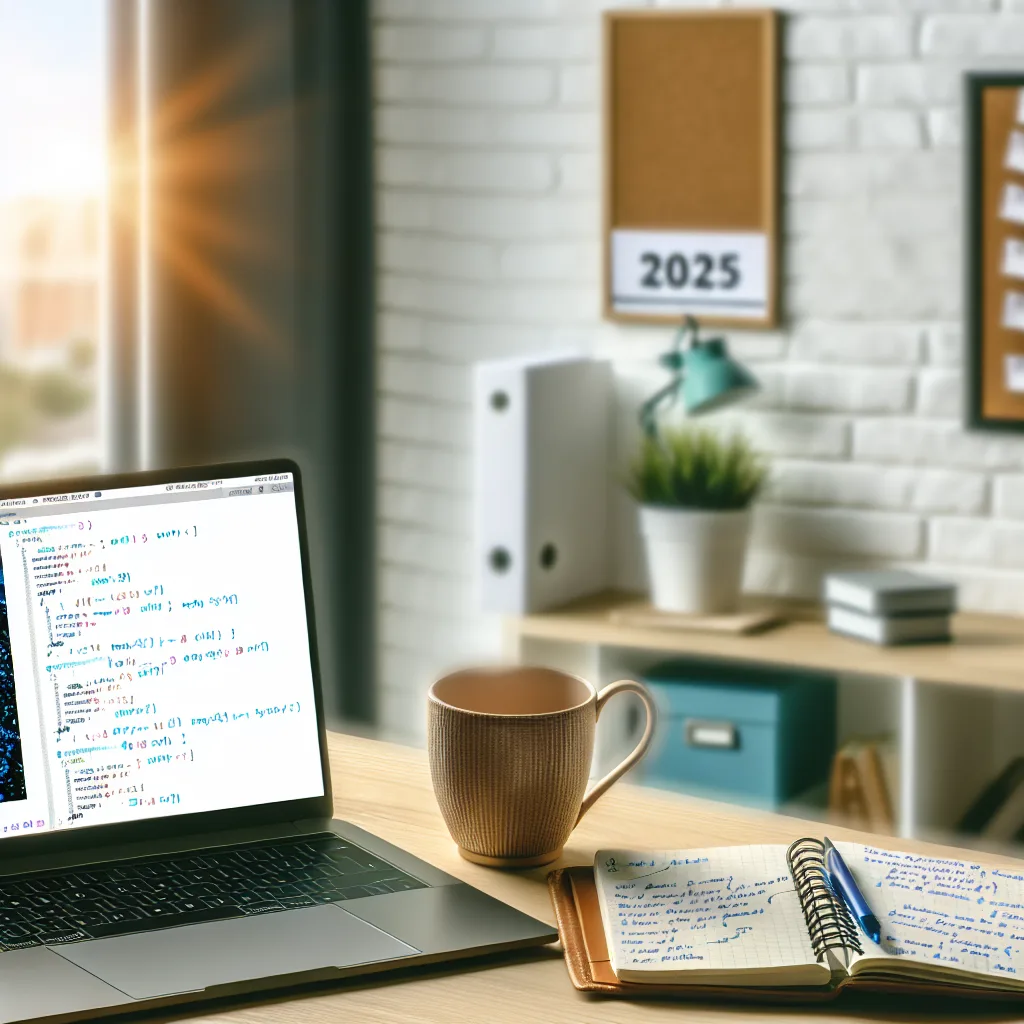A practical guide for career changers ready to dive into AI development with Python and machine learning
If you’re thinking about switching your career to become an AI developer, you’re not alone. The tech world is buzzing with opportunities in artificial intelligence, and 2025 is shaping up to be a fantastic year to jump in. But what does it really take to become a real AI developer—not just someone dabbling with no-code tools? If you’re like me, balancing a current job that doesn’t quite fit, and looking for a fresh start, let me share some straightforward advice.
Why Choose to Become an AI Developer?
I get it. Sales jobs, especially those tied to commission, can be relentless. The pressure of hitting targets month after month can wear on you. But shifting gears towards AI development opens doors to a field that’s both challenging and full of possibilities. Plus, your sales skills won’t go to waste—you’ll be able to communicate complex ideas clearly, which is a huge plus in tech.
Getting Started: The Basics
First things first, start with Python. It’s the most popular language in AI and machine learning. Websites like Python.org offer free resources to get your feet wet. Next, dive into machine learning libraries such as TensorFlow or PyTorch—both have extensive official documentation to guide beginners.
Building Real Skills, Not Just Using No-Code Tools
Sure, no-code AI tools are helpful for getting quick results, but if you want to be a real AI developer, you’ll want to understand the nuts and bolts. This means:
- Learning how algorithms work
- Experimenting with data preprocessing
- Building and evaluating models from scratch
Online platforms like Coursera and edX offer solid courses from universities that keep things practical and project-based.
Setting a Realistic Learning Plan
Locking yourself in a room for six months sounds intense, but it’s a great way to stay focused. Break your time into phases:
- Foundation (1-2 months): Python fundamentals and basic math/stats.
- Intermediate (2-3 months): Machine learning concepts and simple projects.
- Advanced (1-2 months): Deep learning, natural language processing, or whatever niche excites you.
Remember, consistency beats cramming.
Using Your Sales Skills to Your Advantage
As you gain technical skills, don’t forget the communication advantage you’ve already got. Many AI projects fail because developers can’t explain their ideas well. Being able to talk the client or employer through your solutions is invaluable.
Landing Your First AI Role or Clients
Build a portfolio with projects you’re passionate about. Open-source contributions, Kaggle competitions, or personal projects can showcase your ability. Tailor your resume to highlight your new skills alongside your sales experience.
Don’t be shy about networking. Join AI and tech communities on sites like GitHub or Stack Overflow. LinkedIn is also great for connecting with potential employers or clients.
Final Thoughts
Changing careers isn’t easy, but with determination and a clear plan, becoming an AI developer in 2025 is absolutely achievable. It’s about mastering skills like Python and machine learning, building real projects—not just using drag-and-drop tools—and leveraging your unique background.
If you’re ready to start this journey, there’s no better time than now. Good luck, and remember: every expert was once a beginner!
Sources:
– Python official docs: https://www.python.org/about/gettingstarted/
– Coursera Deep Learning Specialization: https://www.coursera.org/specializations/deep-learning
– edX Data Science Professional Certificate: https://www.edx.org/professional-certificate/harvardx-data-science
